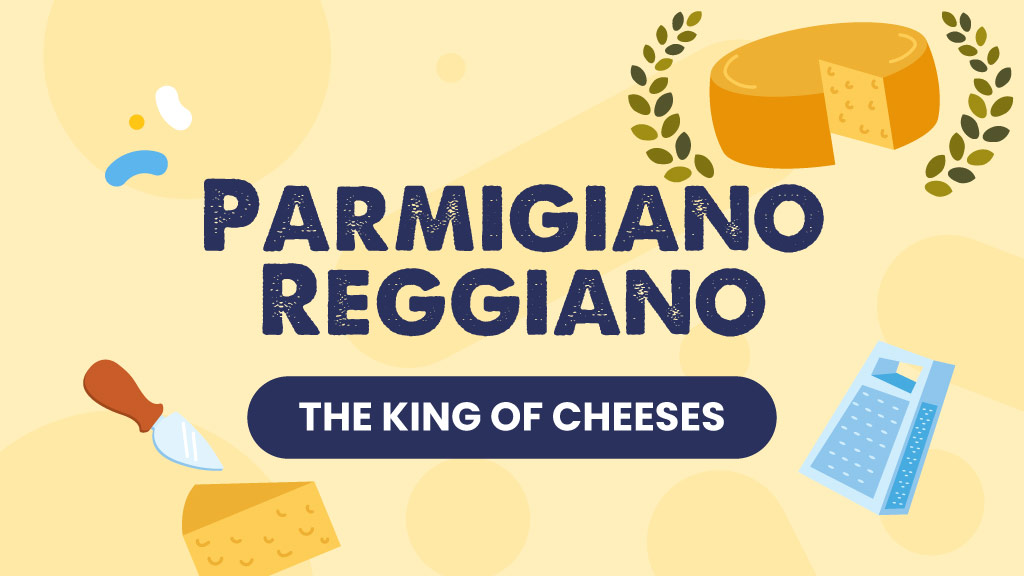When talking about food, many ways are used to describe it: texture, origin, smell, calories, nutritional composition, and even history. Instead, much rarer to do so is to use the physical properties of matter, the ones that take us back to the first or second high school, in the science lab, filling out half-baked reports with formulas and procedures.
Do you remember the pH?
Litmus paper to be wet with a drop of solution, the color changing, and the color scale to compare it to where each shade corresponded to a certain degree of acidity?
What if I told you that all foods have a pH? And that this affects their characteristics?
Of course, when you think about it more, perhaps it comes across as trivial, but I am sure that few people know what the pH of the food we buy every day is and how this value affects what we eat.
In this article we will explore this physical quantity, discover its role in food, and learn how to measure it with simple experiments in our own kitchen. Let’s discover this world together!
What is pH?
pH is a measure of theacidity or basicity (alkalinity) of a substance. The scale ranges from 0 to 14, where 0 represents maximum acidity, 7 is neutrality, and 14 is maximum alkalinity. The pH value indicates how much is the concentration of free H+ ions in a substance: the higher the acidity pH<7, the greater the presence of H+ and the lower the pH value for example, hydrochloric acid, whose formula is HCl, has a pH value of 0.
Who first defined pH?
It was the Danish chemist Søren Peter Lauritz Sørensen, who taught at the University of Copenhagen and, beginning in 1901, became director of the Carlsberg laboratory.
No, this is no accident, and yes, beer is involved! It was in that very chemistry department, in fact, a few years earlier that the yeast used to produce lager beers had been isolated. That yeast was given the name Saccharomyces carlsbergensis, which was later changed to Saccharomyces pastorianus.
It was in those laboratories that S.P.L. Sørensen first introduced the concept of pH as a unit for measuring the acidity of an aqueous solution, which is given by the concentration of hydrogen ions [H+], which is why H should always be written in capitals.
To summarize: the higher the acidity, the higher the H+ and the lower the pH value.
Knowing how high or low the concentration of H+ is is essential since these atoms are able to interact a great deal with other substances around them, even allowing chemical and biological reactions possible only at certain values.
Importance of pH in cooking
pH is also an important parameter in the world of gastronomy.
Knowing the pH of foods can indeed help us achieve the right balance of flavors, but it also has an important role in food preservation. Depending on the degree of acidity or alkalinity of the food, more or less microorganisms will proliferate. Just as time, temperature, nutrients, water and salinity affect the shelf life of food products, pH also has an important influence on shelf life. We will see this better in a moment.
What determines the pH of a food?
The pH is a result of the composition of the food itself, all its ingredients and how they interact with each other.
Both gourmet preserves and ready meals combine different ingredients in the same container, which means there is a range of pH. For this reason, it is important to know the exact acidity value of the mixture.
Classification of foods according to their pH
As we have already mentioned, the pH of foods ranges from 0 to 14, but it should be pointed out that most of them are in the range between pH 4 and 7.
We can further divide foods into categories based on pH, correlating them with food safety risk. Indeed, it is important to consider that microorganisms grow mainly in less acidic environments.
Below pH 4.5, in fact, the vast majority of microorganisms cannot grow. That is why in the ingredient list of some long-life products we often findascorbic, citric or acetic acid, which by lowering the pH consequently increase the shelf life of the food.
An example? Canned products such as preserves and foods in oil, where the botulinum risk is anything but to be underestimated. Clostridium botulinum, which cannot grow at pHs below 4.5, lends itself to being taken as a reference for classifying foods.
Low acidity foods
Foods that have a pH above 4.5 and are referred to as “low-acid foods” fall into this category. Most vegetables and meats are found in this category, which hardly exceed a value of 7.5.
These foods are those at the highest risk of bacterial contamination: above a value of 4.5, a large number of microorganisms such as fungi, yeasts and pathogenic bacteria can proliferate.
Acidic foods
These are foods with a pH between 4 and 4.5, in which Clostridium botulinum does not reproduce.
Foods with high acidity
These are foods with a pH of 4 or less. This category includes citrus fruits, berries (e.g., blueberries, currants, grapes, cherries, raspberries), yogurt… spores do not grow in these foods, but molds, yeasts, and bacteria accustomed to acidic environments, called acidophiles, can develop.
Warning.
The addition of acidifying substances does not guarantee the preservation of food for long periods of time. This is why it is essential to sterilize or pasteurize canned or ready-made meals.
Now that we’ve educated ourselves about pH in the kitchen, it’s time to figure out how to measure it at home like real scientists!
Experiments with food and pH
Let’s measure the pH at home!
The pH of food can be measured in two ways:
-
- With a pH meter, a device equipped with a sensor bulb with two electrodes, one calibrated and the other sensitive to H+ ions. Once inserted into the food, the potential difference between the electrodes is activated and the exact pH value is shown on the digital display. This is the most accurate and fastest method. pH meters can also be found online, they are relatively inexpensive, but I personally advise against buying one for home experiments, and I refer you to the next point!
-
- With litmus paper. They are strips of paper impregnated with a mixture of indicators. They can be dipped in food, or we can lay a few drops of our solution on top. Upon contact with a substance, the leaflets change color depending on the acidity of the food!
The pH value is “calculated” by comparing the color obtained with a color scale on the package. A more homemade, cheaper and less precise method, not recommended for making professionally prepared preserves and dishes but perfect for our purposes.
- With litmus paper. They are strips of paper impregnated with a mixture of indicators. They can be dipped in food, or we can lay a few drops of our solution on top. Upon contact with a substance, the leaflets change color depending on the acidity of the food!
Tip: When preparing to measure pH, we must also take into account the temperature of the substances we intend to analyze. It too affects the acidity of foods! In general, samples should be measured at room temperature (20°C).
We are ready!
Below you will find a list of experiments to do with litmus paper and, further down, a tidbit: an experiment to be done with ONLY foods, one of which … serves as an indicator!
Experiment 1
- What you need: tap water, bottled water, tea, coke.
- Place each of the solutions in a small bowl.
- Measure pH by dipping a litmus paper strip inside each small bowl
- Observe the difference in coloration between tap water and bottled water (there should be no difference)
- Take note of the difference in acidity that exists between water and sugary drinks!
Bonus: What if we try to measure the pH of fat-based solutions such as oil or melted butter?
Experiment 2
- What you need: lemon, baking soda, tomato.
- Cut a slice of lemon, immerse it in a bowl of water and measure the pH.
- Create a solution with sodium bicarbonate and measure the pH.
- Do the same with a tomato and note the differences
NB: You can also measure the pH of solid foods. Simply dissolve them in a water-based solution and take a few drops, place it on a litmus paper et voila!
Experiment 3
What if we don’t have litmus paper and we really want to try a pH experiment?
Twist of fate: nature comes to our aid!
You should know that there are natural molecules, contained in some plants, that act as pH indicators. They are anthocyanins, belonging to the flavonoid group. To be clear, we are talking about that class of compounds that give the purple coloring to eggplant and red onion, or purple cabbage. But also the color blue to blueberries, grapes, some flowers.
Well, these molecules, when dissolved in water, change color depending on the acidity of the solution they are in! Try it to believe.
Below are the ingredients and procedure for making this unusual “recipe”
- What you need: purple cabbage, baking soda, lemon juice.
- Cut a quarter of purple cabbage, cut it into strips and boil it for 10 minutes
- Once cold, strain the liquid into a small bottle. It should be a beautiful red! There, we got our pH indicator!
- Now we can pour this liquid into a few small bowls, into which we will then go and add different substances to observe how the color changes
- Alternative: we can also take paper strips, dip them in red cabbage juice and let them dry to turn them into litmus paper
Sources for writing the article
https://www.sinergica-soluzioni.it/blog/come-misurare-il-ph-degli-alimenti-n200


















